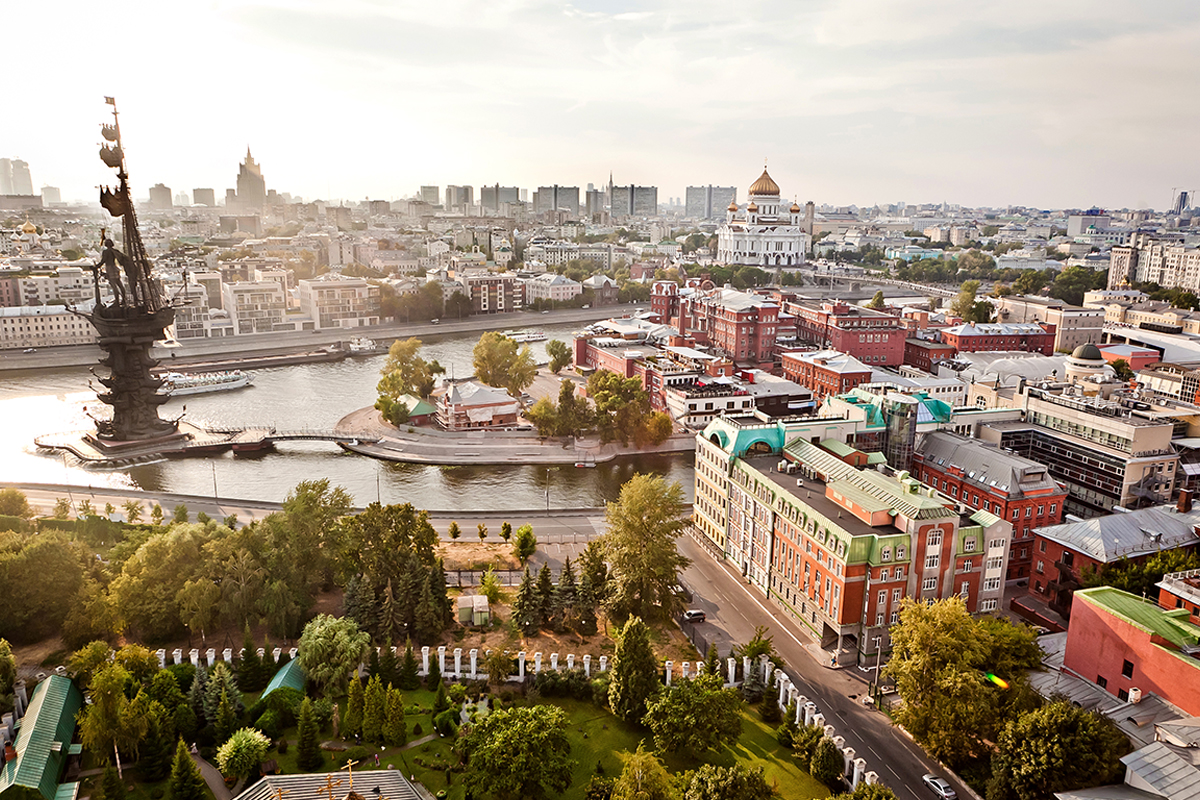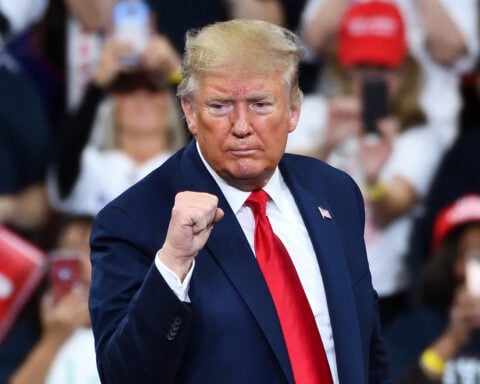As Russia’s conflict with Ukraine enters its second year, the world’s attention remains fixed on the economic consequences of the extensive sanctions imposed by the US, the European Union, and their allies.
These measures were initially aimed at deterring the invasion, but now focus on exerting cumulative pressure to force a reconsideration of priorities in the Kremlin.
Broad Sanctions Reach
The scope of the sanctions is broad and multifaceted. With more than 3,600 individuals, entities, vessels, and aircraft under sanctions from the US alone, the punitive measures target key sectors such as top Russian-owned banks, military manufacturers, and even government leaders, including President Vladimir Putin himself.
The European Union has contributed its share of over 1,800 sanctions, joined by other nations including Switzerland, Canada, the UK, and Australia.
Contents of the Sanctions
Among the most impactful measures are the coordinated blockage of approximately $300 billion of Russian central bank assets held abroad. A critical blow to the Russian economy, this sanction significantly hampers its access to global finance.
Additionally, a global ban on transporting Russian crude, unless sold below $60 per barrel, has further restricted Russia’s oil trade. Export limitations on military technology, asset freezes, banking and trade restrictions, and other financial penalties also shape the economic landscape.
Effects on Russia’s Economy
While the sanctions have not brought about the catastrophic 10% GDP collapse some predicted, Russia’s GDP is projected to be 8% smaller in 2026 compared to the trajectory before the conflict. The economy saw a decline of 2.1% in 2022, and though it showed signs of recovery in the second quarter of this year, the impact is palpable.
Notably, Russia’s oil revenue has plummeted by 41%, and its current-account surplus decreased by over $140 billion during the first seven months of 2023 compared to the previous year.
Coping Strategies and Trading Partners
Drawing from lessons learned during the 2014 sanctions, Russia has implemented strategies to mitigate disruption. The nation’s reserves were fortified with windfall energy revenue, and a reduced dependence on imports was pursued.
The control over critical natural resources, particularly oil and gas, enabled Russia to navigate the sanctions more effectively. Key partners like China, India, Turkey, Kazakhstan, and the UAE continue to engage in trade, with China emerging as Russia’s largest trading partner in 2022, contributing over a third of the country’s imports.
Outlook and Future Steps
Looking ahead, the US and its allies aim to curtail the circumvention of sanctions and trade restrictions, primarily through third-party entities. A possible escalation could involve imposing secondary sanctions on businesses that engage with sanctioned Russian entities, akin to measures taken against North Korea and Iran.
However, this approach carries the risk of straining relations between friendly nations like the US, India, and China, adding a complex layer to the ongoing geopolitical dynamics.
Balancing Geopolitics and Economic Realities
As the conflict and its economic repercussions continue to unfold, the ruble’s volatility and Russia’s economic health remain a topic of global concern.
The intricate web of sanctions and their effects on Russia’s economy serve as a reminder of the intersection between geopolitics and financial stability in an increasingly interconnected world.







